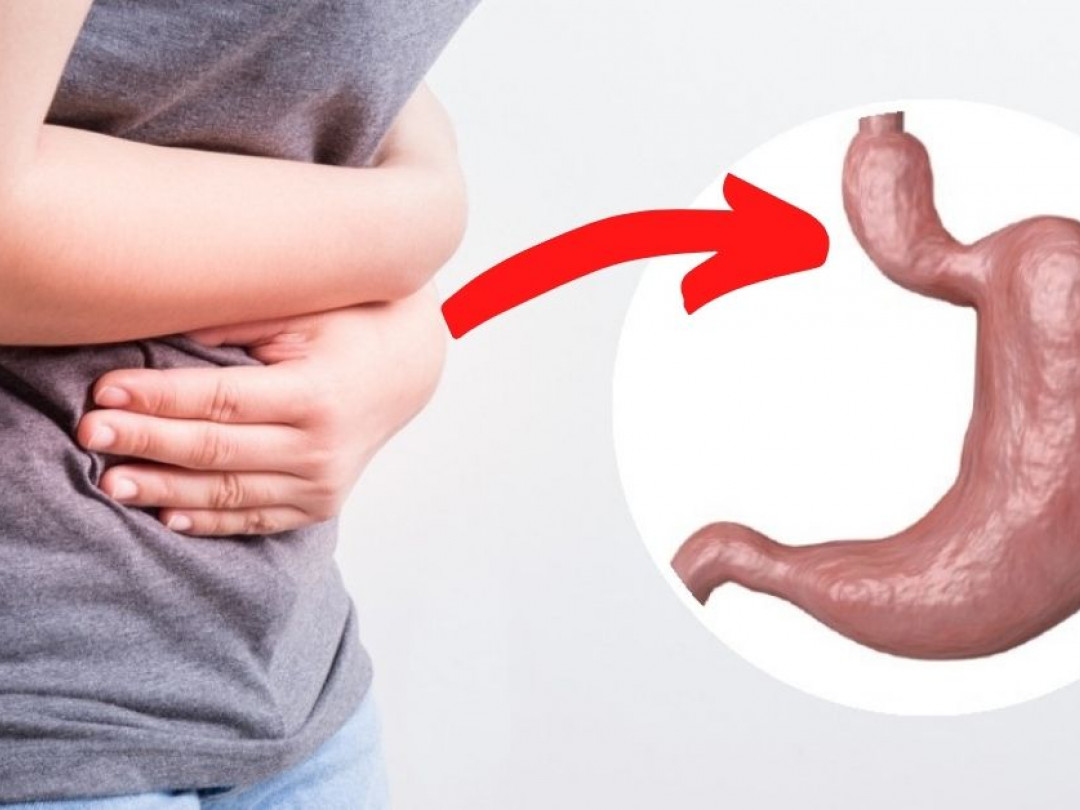
How Weight Loss Surgery Can Transform the Lives of Individuals with type 2 Diabetes
What is type 2 diabetes? Type 2 diabetes is a chronic medical condition that affects millions of people worldwide. It is characterized by high blood sugar levels and is often [...]


